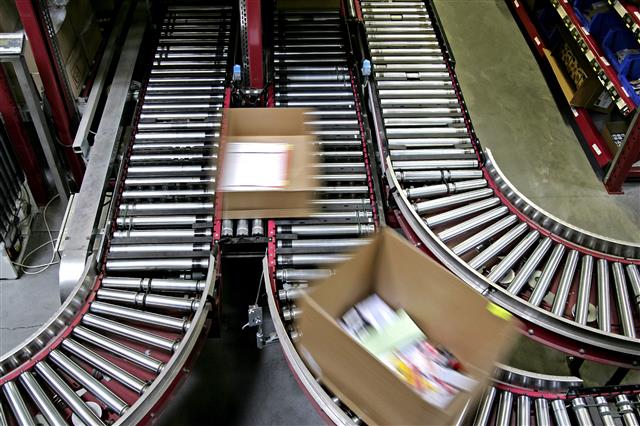Written by Heidi Tolliver-Walker
Print Industry Analyst

One of the factors that has traditionally scared marketers away from any kind of database marketing, print or otherwise, is the database. How many marketers have great customer databases for use in 1:1 applications? For many, the very thought creates marketing paralysis.
But it doesn’t have to. All the talk about “big data” has created an unnecessary fear factor, especially with print, which involves hard production and mailing costs. But the truth is, even a little bit of data can create a significant lift and great ROI as long as it is used well.
Take the example of Panchero’s, a Mexican restaurant chain. This is one of my favorite case studies because it’s such a smart, effective use of limited data. It’s also one of my favorites because I discovered the personalized mailer taped to the doorway of my parents’ kitchen.
Panchero’s wanted to more aggressively promote the opening of its new stores, but it had nothing more than a rented list. Instead of settling for static mailers and mail merges (or being paralyzed by lack of big data), it used the information it had in a highly relevant way. It identified a target median income and geographic region (a certain radius around each new store) and qualified its list by these variables. Then it used a mapping program to identify each recipient’s exact distance from the new location, which it titled “the best burrito in [recipient’s city].” Recipients were invited to bring in a coupon and travel the 1.8 miles, .3 miles, or however many miles away they lived from the new location for a free sample.
Over the years, the nationwide response rates to the campaign have ranged from 6% to 12%, with larger cities having slightly lower redemption rates than smaller ones. On average, redemption rates hover close to 10%.
A multi-location childcare company in the Netherlands used a similar approach to boost enrollment within a specific radius of its childcare centers. It sent 1:1 direct mail pieces to families encouraging them to visit a personalized microsite via a general URL and passcode or through a personalized QR Code. It used personalized maps to show recipients how close they were to one of its locations. The campaign achieved an ROI of 2,200% based on new enrollments and an average childcare service length of four years.
This approach will not work for every marketer, of course, but for the right applications, mapping programs can turn even the most basic data into a highly effective marketing tool. A similar approach is to calculate driving times or create on-the-fly maps to a store or event.
Looking for an “in” to help your customers get started reaping the benefits of personalization? For the right campaigns, mapping might be just the solution you are looking for.
—
For more on 1:1 Campaigns, Xerox Premier Partner Global Network members may download a complimentary copy of my primer “QR Codes: What You Need to Know” from the XPPGN portal, at no charge. Another value of your membership! Interested in becoming a Premier Partner? Click here for more information.


